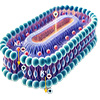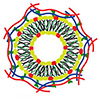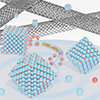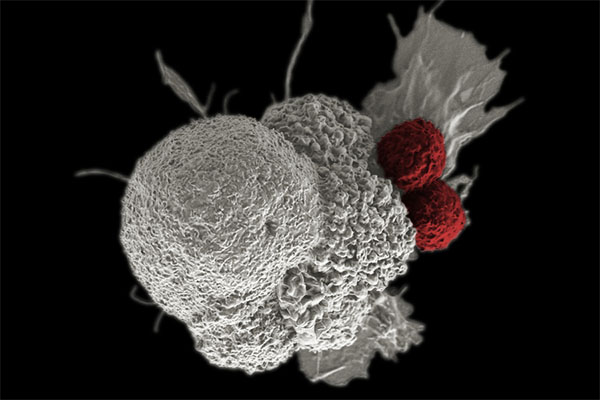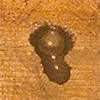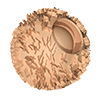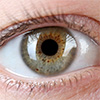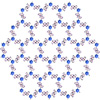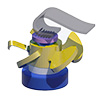Apr 21, 2025 Researchers create an iontronic artificial skin that senses pressure, temperature, and current while learning patterns through built-in memory and computation. (Nanowerk Spotlight) Efforts to reproduce the sensory functions of human skin have pushed materials science, bioelectronics, and robotics toward more integrated interfaces between machines and their environments....
Microfluidic mixing streamlines layered drug nanoparticle assembly
Apr 18, 2025 Layered drug nanoparticles can now be produced efficiently and at scale using a microfluidic method that eliminates purification and improves consistency. (Nanowerk Spotlight) Precise control over drug delivery—timing, dosage, location within the body—has remained a central goal in pharmaceutical engineering. Nanoparticles have emerged as promising tools to...
Precision-shaped crystals unlock new potential for clean energy catalysts
Apr 18, 2025 By tailoring crystal shape, researchers boost oxygen reduction performance, paving the way for cost-effective fuel cell technologies. (Nanowerk News) Can the shape of a crystal really change how well it performs in clean energy technology? A new study says yes—decisively. Researchers from National Taiwan University, National Tsing...
Equipping living cells with logic gates to fight cancer
Apr 18, 2025 Scientists are giving immune cells the ability to distinguish between healthy and cancerous cells. (Nanowerk News) One of the most exciting developments in cancer treatment is a wave of new cell therapies that train a patient’s immune system to attack cancer cells. Such therapies have saved the...
High-performance 3D-printed graphene composites for efficient ice control
Apr 18, 2025 Researchers developed a novel 3D-printed graphene/polymer double-layer composite with high anisotropic thermal conductivity, offering enhanced photothermal and electrothermal performance for advanced ice control applications. (Nanowerk News) A research team led by Prof. WANG Zhenyang at the Institute of Solid State Physics, the Hefei Institutes of Physical Science...
Autonomous copper microrobots break down biofilms and kill resistant bacteria
Apr 17, 2025 Light-activated copper microrobots use single-atom catalysis and peroxide to penetrate biofilms, generate reactive oxygen species, and eliminate MRSA infections. (Nanowerk Spotlight) Bacterial biofilms pose one of the most intractable challenges in medicine. These tightly organized microbial communities adhere to surfaces such as wound beds, catheters, and implants....
Researchers demonstrate new class of quantum materials that are both metallic and one-dimensional
Apr 17, 2025 The compound becomes only the second known metallic system with confirmed one-dimensional magnetism. (Nanowerk News) A study by researchers from the University of British Columbia’s Blusson Quantum Matter Institute (UBC Blusson QMI) has found a rare form of one-dimensional quantum magnetism in the metallic compound Ti₄MnBi₂, offering...
Gold nanoparticles may one day help to restore people’s vision
Apr 17, 2025 Scientists identified a promising new approach that may one day help to restore vision in people affected by macular degeneration and other retinal disorders. (Nanowerk News) A new study by Brown University researchers suggests that gold nanoparticles might one day be used to help restore vision in...
Ultra-strong 2D polymer mimics medieval chainmail
Apr 16, 2025 A 2D mechanically interlocked polymer mimicking chainmail shows high flexibility and stiffness, offering promise for lightweight protective and smart armor systems. (Nanowerk News) Researchers at Westlake University have disclosed a two-dimensional (2D) mechanically interlocked polymer (MIP) that mimics medieval chainmail at the molecular scale. This micrometer-scale 2D...
Adhesive millirobots with switchable grip handle solids and liquids in air and water
Apr 16, 2025 Millirobots with tunable adhesive microstructures grip and release solids and liquids in both air and underwater environments using magnetic control. (Nanowerk Spotlight) Magnetic soft robots have attracted growing attention for their potential in manipulating objects across miniature and hard-to-reach environments. Unlike traditional machines that rely on mechanical...

